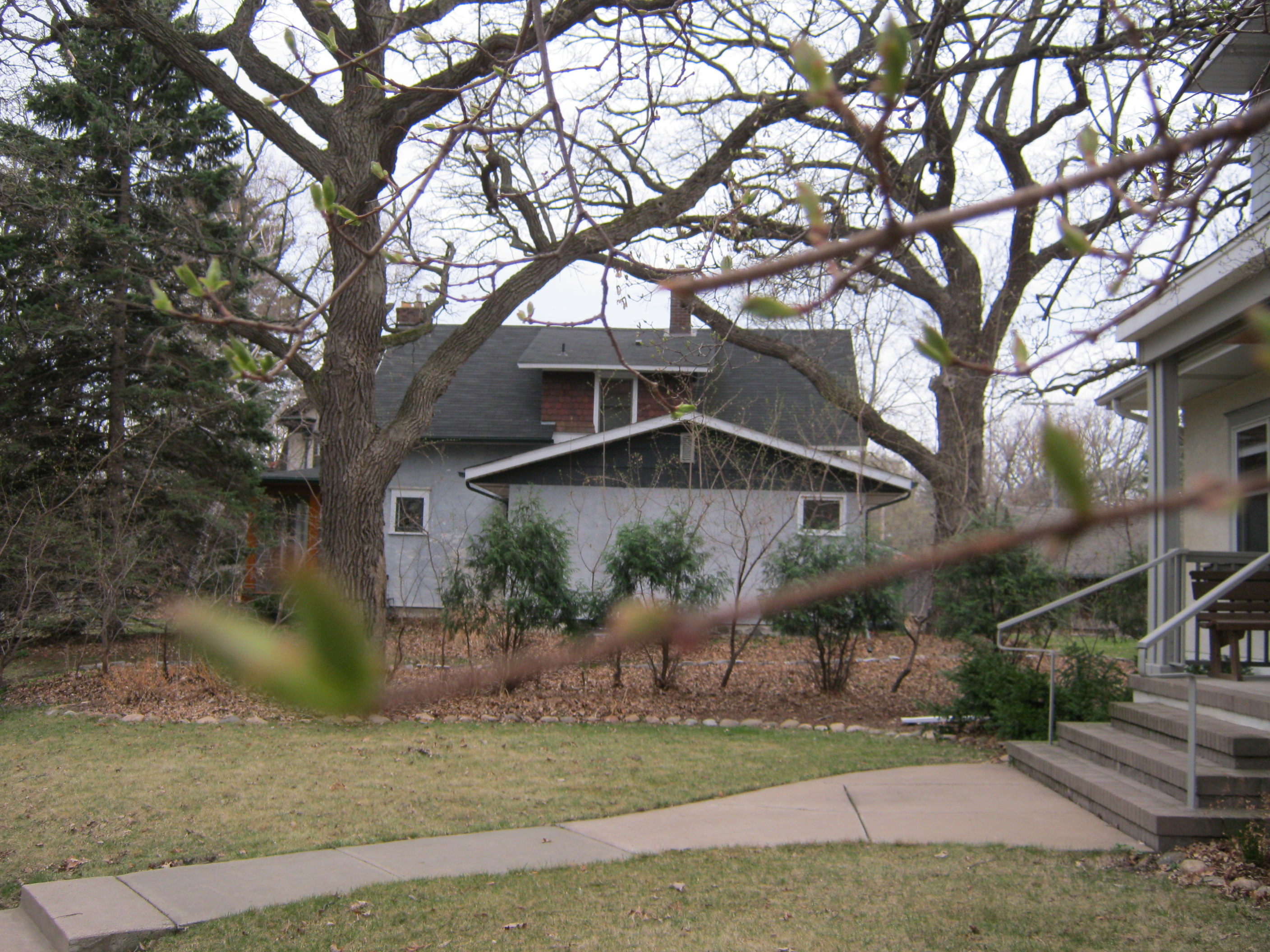
It feels like this sometimes
I remember the first day of high school vividly. I was going to a school far away from my home district, so my family had arranged a carpool with three other girls from the area. Their names were Sarah, Amber, and Stacey. Early in the morning that September, I got dropped off at Sarah’s mom’s house, and the three of us hung around in the shade of the live oaks, bubbling with excitement.
Sarah’s mom drove us the 30 minutes to school, then we piled out of the car and went our separate ways to our lockers.
At homeroom, the teacher had us get into groups of 6 and introduce ourselves around in a circle. I noticed that a Latina girl was being awfully quiet – she hadn’t said her name. I asked her what it was.
She gave me a very strange look. “Sarah.”
I don’t usually make blunders as bad as that one, but for a long time I’ve suspected that I’m pretty stupid at recognizing people. I couldn’t tell Merry apart from Pippin to save my life. And I hate, hate romantic comedies. Most of the characters are wearing street clothes and they all tend to be the same ethnicity. What am I supposed to work with?
There’s a name for this problem. Prosopagnosia, or face blindness. It sound like a terrifying terminal condition, but it’s actually more common than you might think. For a class on science writing I’m taking this semester, we read an article by Oliver Sachs, who cites statistics that as much as 2.5% of the population have severe prosopagnosia – they have trouble recognizing even their friends and loved ones. For the rest of us, the ability to recognize faces is distributed on a bell curve, like IQ is. Which puts me somewhere in the range of Forrest Gump.
If you’re curious, the Prosopagnosia Research Center at Harvard University has an online test you can use to gauge your own ability to recognize famous faces. It’s real quick and dirty, but the results are interesting.*
*I thought Princess Diana was Tina Fey. Just sayin’.













